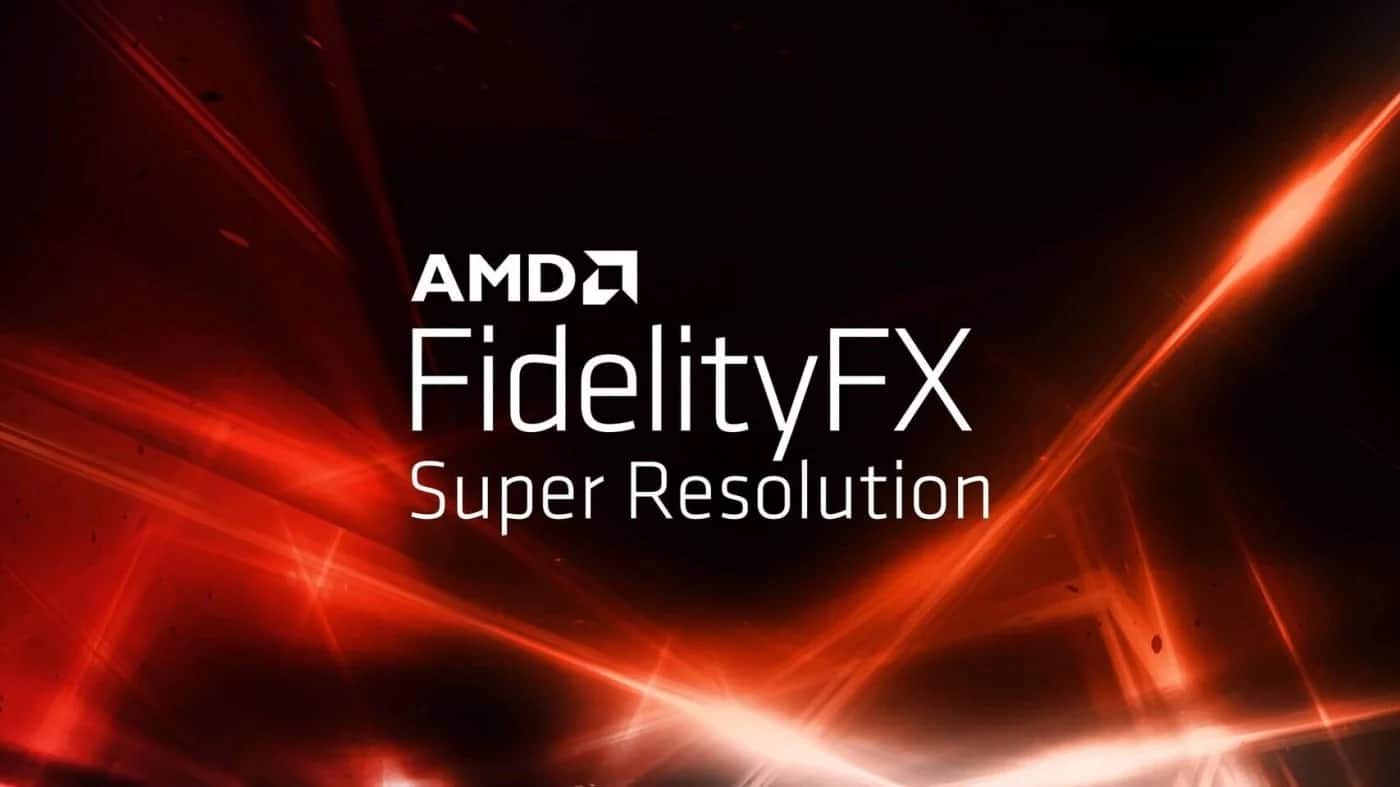FSR 2.0, lower performance but higher graphics quality than native according to AMD
AMD He released more information his FidelityFX Super Resolution 2.0 (FSR 2.0), the second version of the upscaling technology announced last week and coming during the second quarter. Developed from scratch, the new technique wants to challenge NVIDIA’s DLSS without fear of defeat after a first version characterized by light and shadow.
The US company explained that the move to a temporal upscaling technique will have a greater impact on performance compared to FSR 1.0 based on a spatial algorithm, but at the same time it will improve the quality of the final graphics, reaching “similar or better” levels than native rendering.
On the other hand compared to FSR 1.0, version 2.0 takes advantage of motion vectors, color and depth data in the rendering pipeline and relies on information from previous frames to return a high quality “upscaled” image with optimized anti-aliasingThe action of the technology should involve a maximum overhead not exceeding 1.5 milliseconds, but a lot will depend on the GPU used and the final resolution of the upscaling.

FSR 2.0 reed offerfour qualitative modescome FSR 1.0, ma with some changes: we will have indeed Quality, Balanced, Performance e Ultra Performance, which means that Ultra Quality mode (scaling factor 1.3) disappears in favor of Ultra Performance. Confirmed its operation on other company’s GPUs: solutions are also supportedGeForce GTX 1000, RTX 2000 and RTX 3000 from NVIDIA, but theoretically nothing should prevent future Intel GPUs from being used as well. FSR 2.0 will come even on Xbox consoles with an update of the relative SDK and it will be, like the first version, available under the MIT open source license.

Compared to the DLSS the solution from AMD it does not require specialized hardware within the graphics chipBecause the technology has no boundaries, it can potentially run on any graphics chip. Instead of relying on a pre-trained neural network, FSR 2.0 uses “advanced hand-coded algorithms” to do its job.
Initially the technique will work only on titles based on the DirectX 12 APIbut AMD is already working to make it compatible with API-based games as well volcano. There will also be a plug-in for Unreal Engine 4 and Unreal Engine 5, in order to make life easier for developers.

In this regard, AMD stated that FSR 2.0 easily integrated by developers who already master NVIDIA DLSS 2.0 or FSR 1.0, in fact, we are talking about just under three days of work. However, titles that do not support decoupling between display and rendering resolution or motion vectors will require a month or more of effort to implement FSR 2.0. Finally, the first two games to offer FSR 2.0 will be DEATHLOOP by Arkane Lyon e Forspoken di Luminous Productions.
















